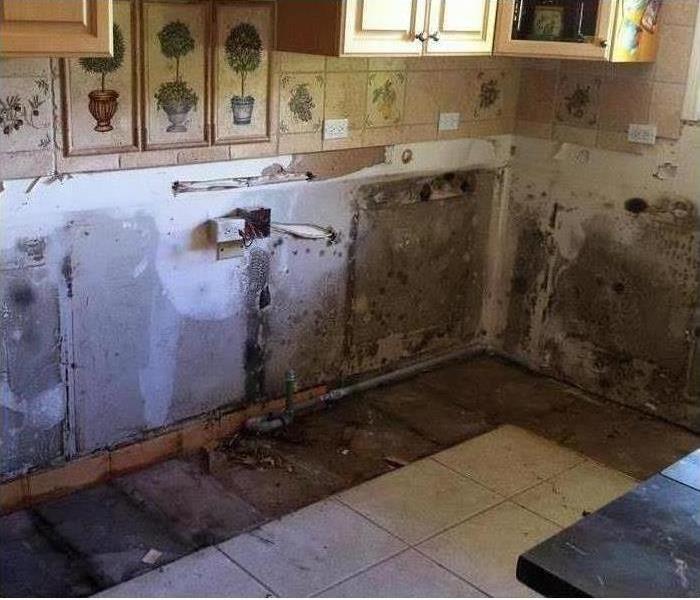3 Tips for Preventing Post Flood Mold
2/8/2021 (Permalink)
3 Tips for Preventing Post Flood Mold
Thoroughly Dry the Area
The first step to take care of in the event you may have mold damage is to completely dry any area affected by water. In many cases a professional restoration company may use a dehumidifier. Getting rid of the water can help make the area inhospitable to mold spores.
- Have an Expert Test for Mold
On some occasions the potential mold growth may not yet be visible. If you believe you may have mold in your home, even after drying and sanitizing the flooded area, then a professional may be able to perform a test. Testing can include taking air samples, pulling a sample from an at-risk material, or taking a surface sample. If mold has been found, then your mold remediation professional can formulate a plan for mold removal.
- Clean Any Water Damaged Items
Another common tip for complete mold removal includes thoroughly cleaning any items that may have been affected by the storm damage. Mold spores can grow on any organic material that contains moisture. This can include carpeting, wood, upholstery, and even drywall. Fortunately, there are a number of methods to properly clean and sanitize these items.
Because mold growth usually occurs in damp areas, thoroughly drying any flooded areas can help prevent this type of problem. If you believe mold has already set in you can have a professional test for spores. It is also a good idea to properly clean any items affected by the water damage as well. If you have any questions a professional may be able to help.






 24/7 Emergency Service
24/7 Emergency Service
